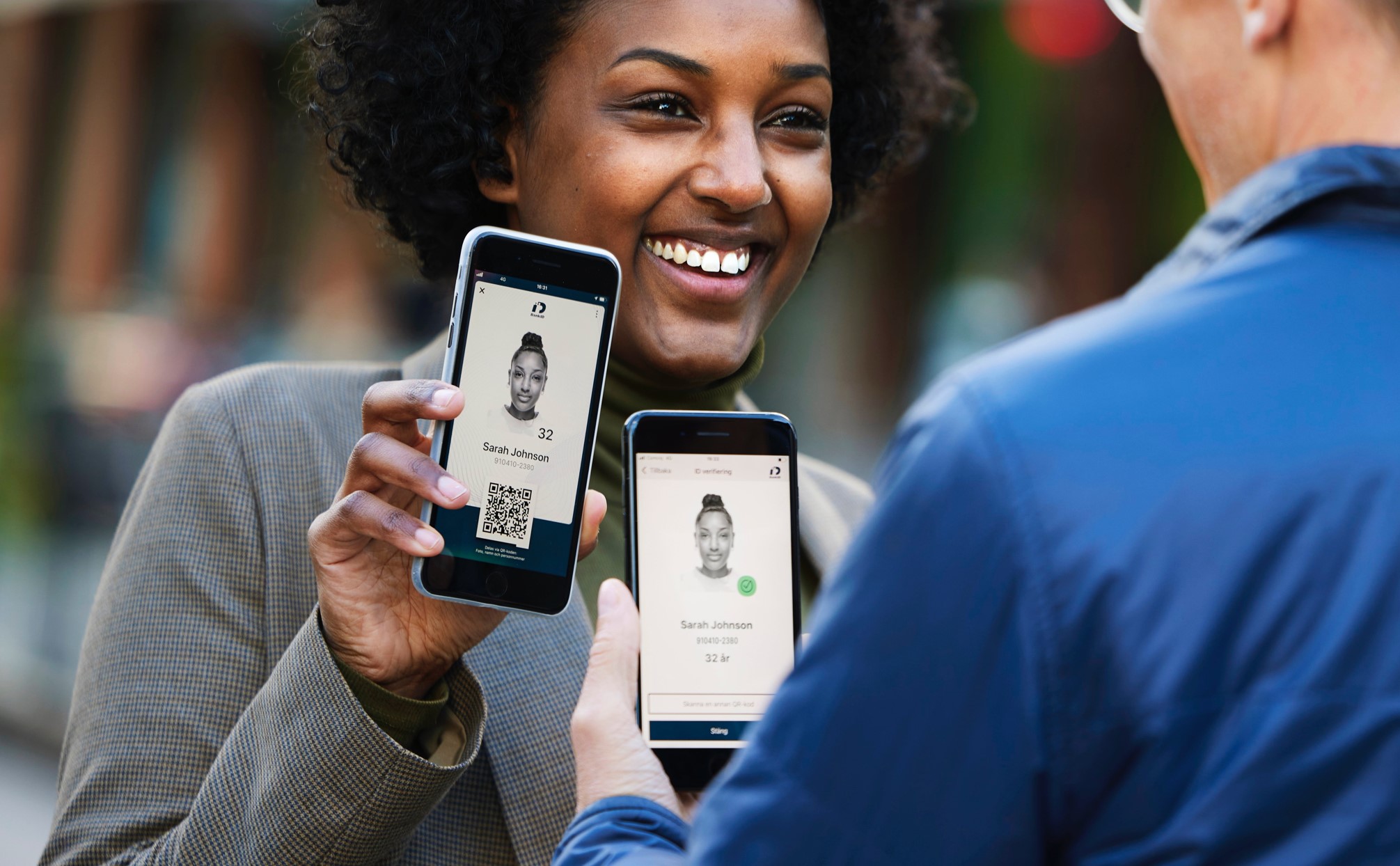The year is 2001 and Sweden assumes Presidency of the European Union. Authorities have begun discussing '24-hour services' for citizens and EU laws are being amended to equate an electronic signature with a physical one.
Identifying an entire population and issuing e-IDs is both time-consuming and expensive. Therefore, the authorities begin looking at those who have the largest identified electronic customer base: The internet banks.



